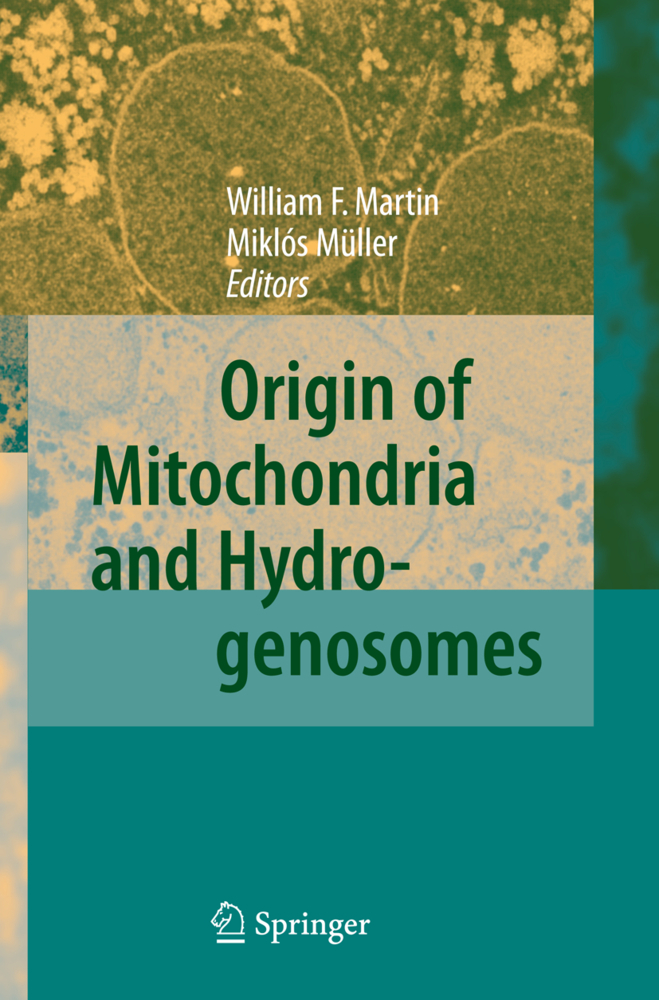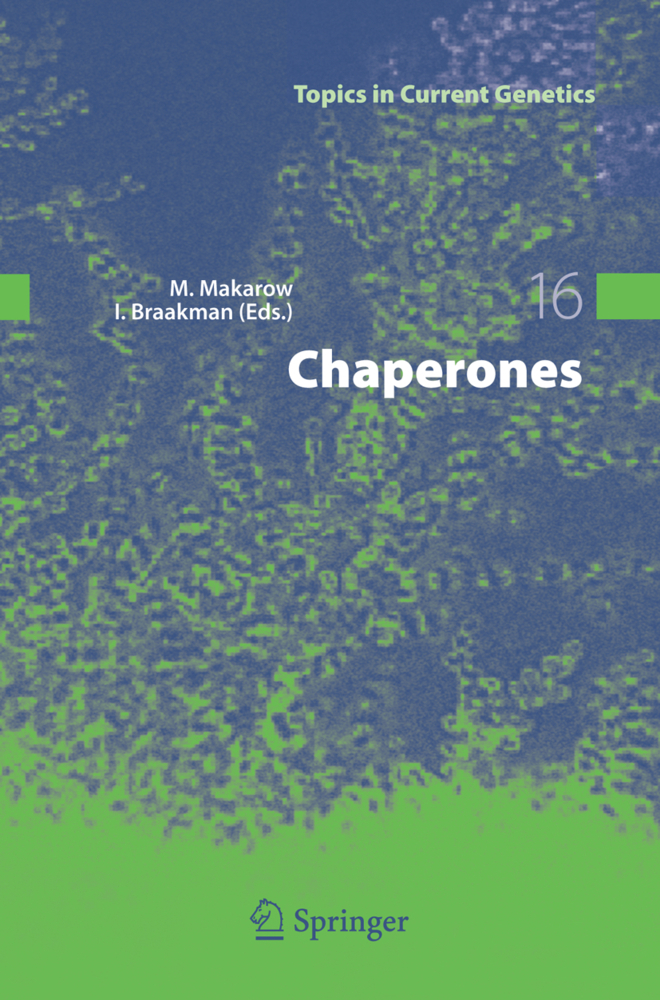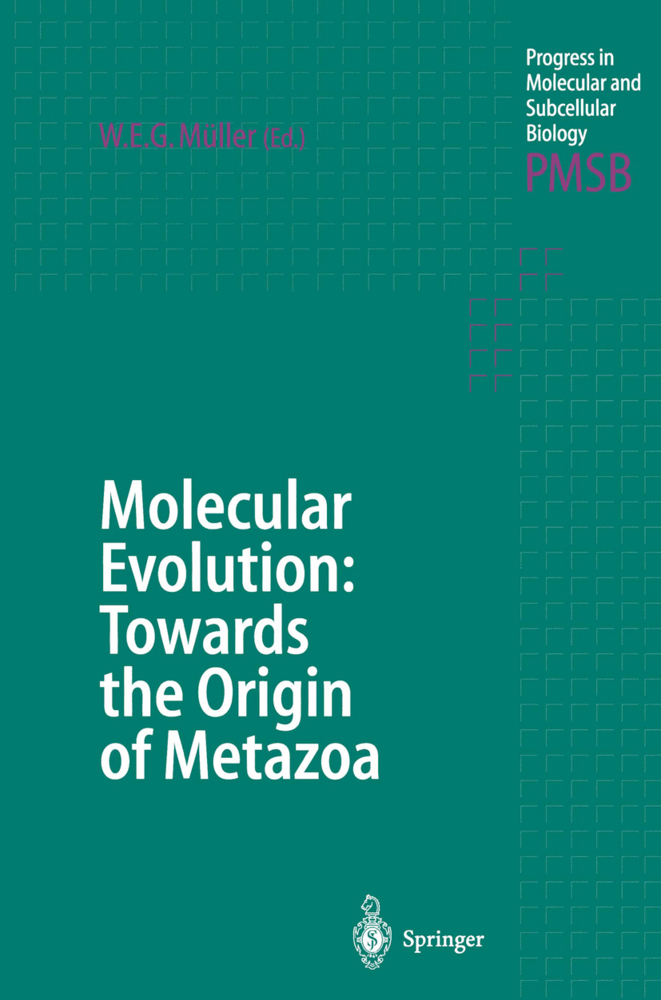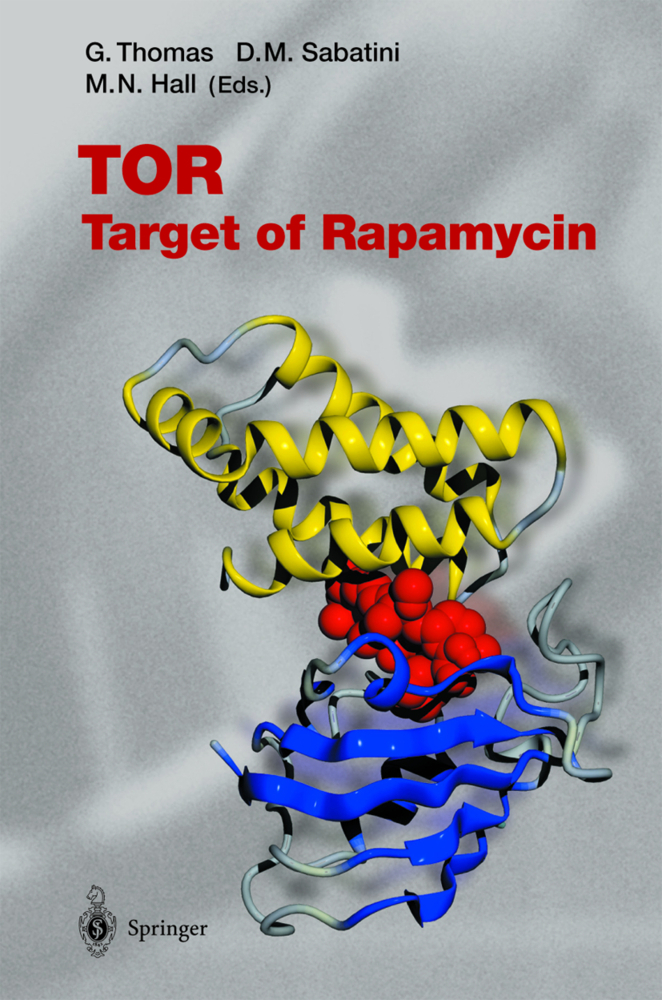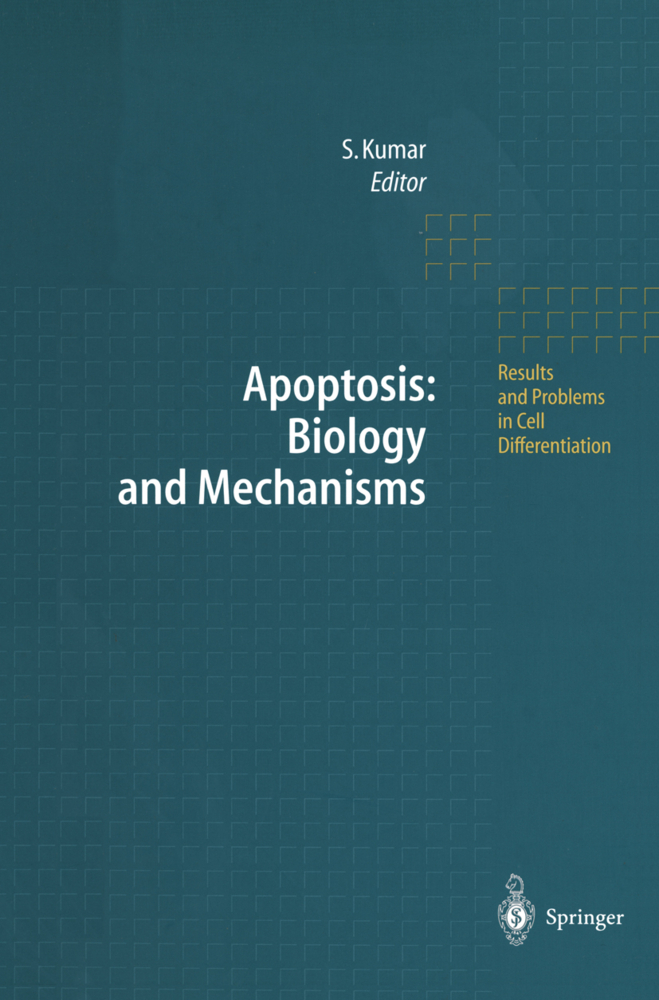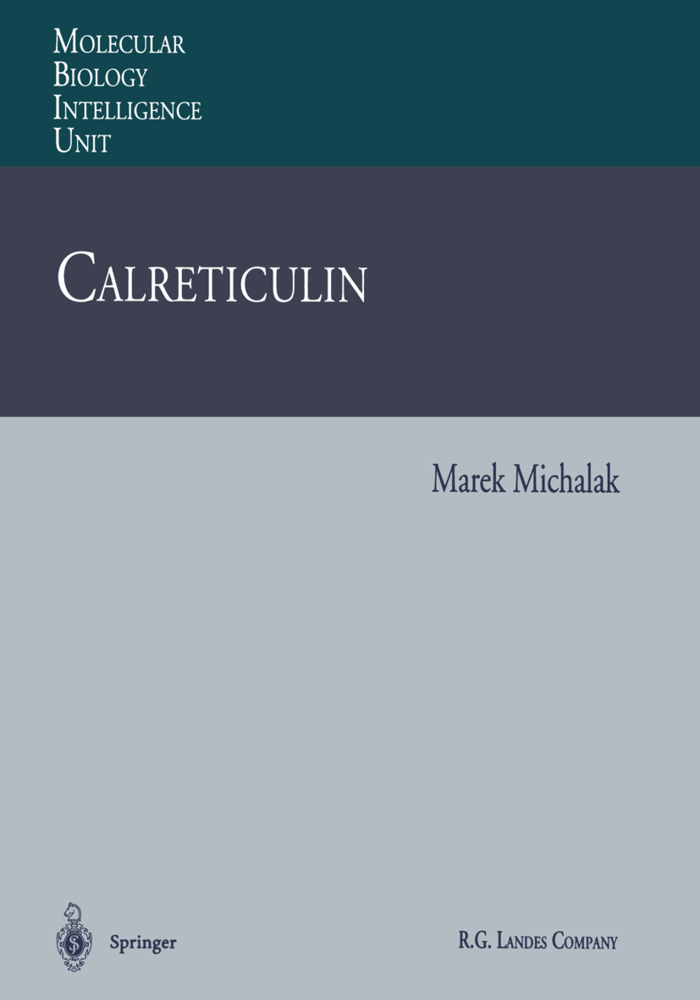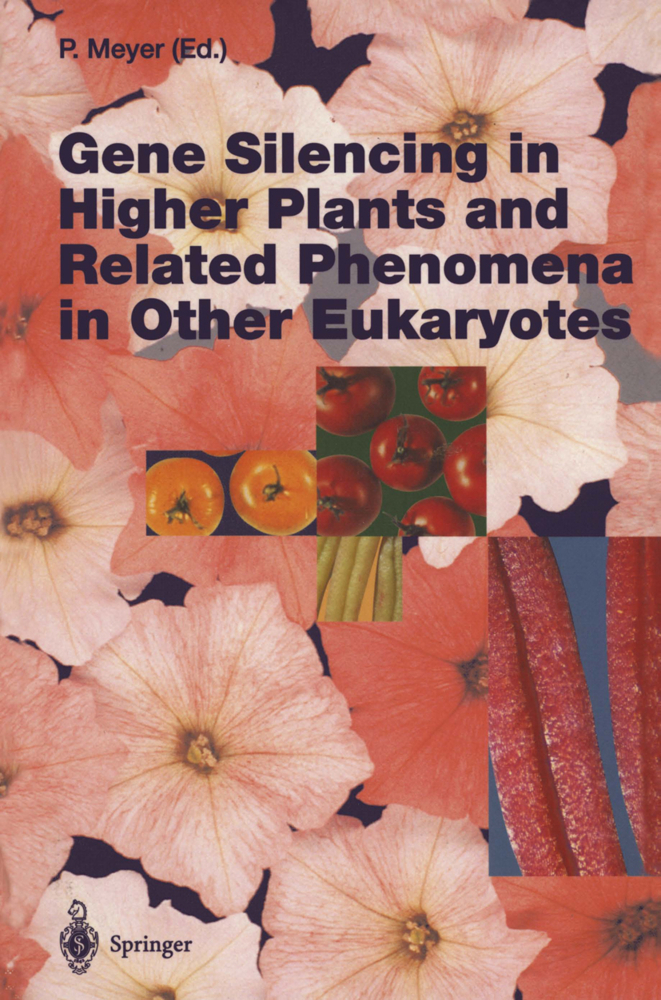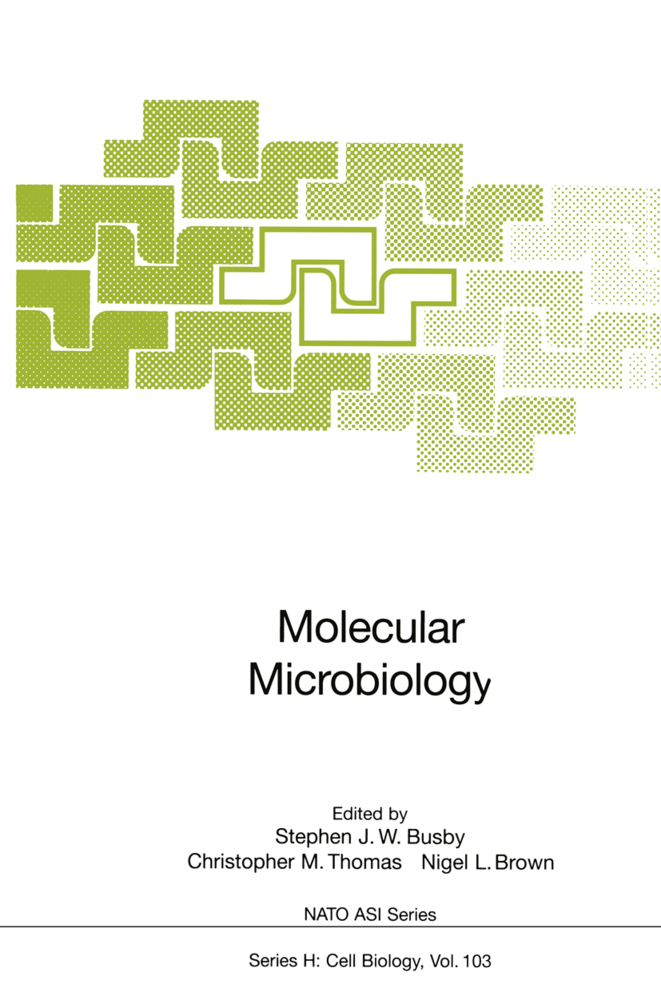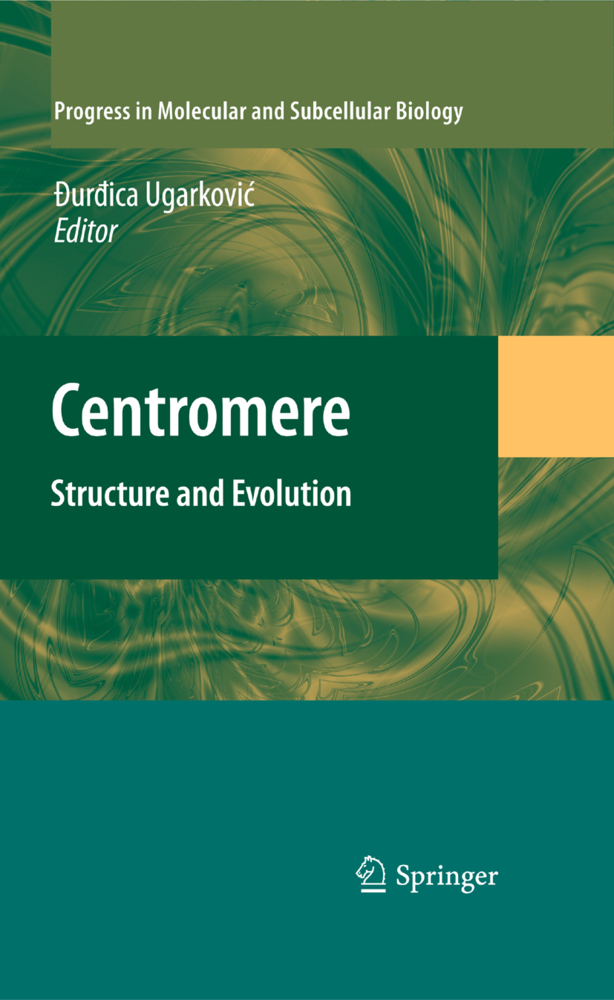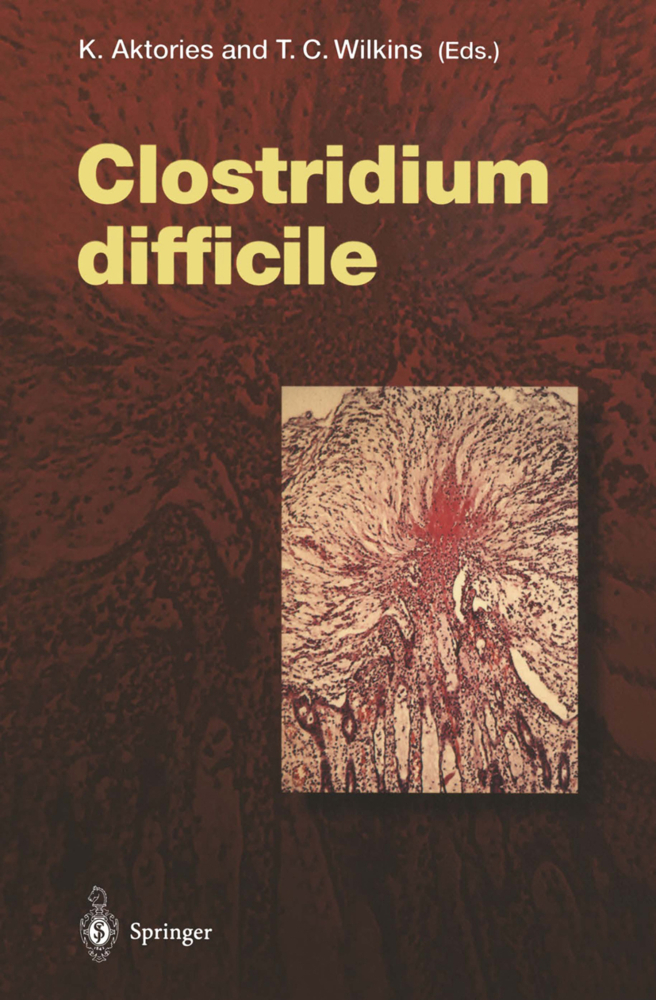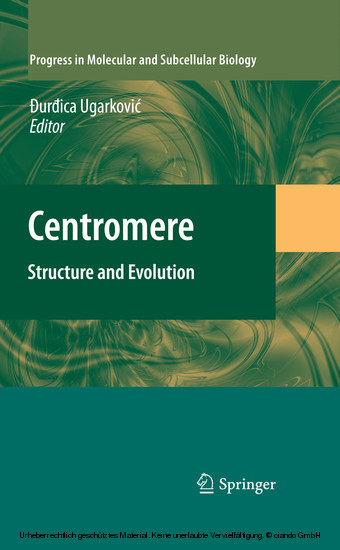The evolutionary origins of hydrogenosomes have been the subject of considerable debate. From early days it was apparent that hydrogenosomes had evolved on multiple occasions in different eukaryotes, but from which progenitor organelle or endosymbiont was unresolved. Work from many different laboratories has contributed towards formulating the current hypothesis that hydrogenosomes and mitosomes, their even more reduced cousins, share common ancestry with mitochondria. Their shared similarities, for example their common mechanisms of protein import and their double membrane, can be explained by common ancestry, and their differences by descent with modification under contrasting lifestyles. The hypothesis that mitochondria, mitosomes and hydrogenosomes are homologues, predicts that, as the organelles are studied more deeply, additional shared features will be revealed.
However, it is already apparent from the contributions to this volume, that identifying the genetic contribution to eukaryotes of the mitochondrial endosymbiosis, and revealing the functions of its descendent organelles, are key to understanding eukaryotic biology and evolution.
The Road to Hydrogenosomes
Mitochondria: Key to ComplexityOrigin, Function, and Transmission of Mitochondria
Mitochondria and Their Host: Morphology to Molecular Phylogeny
Anaerobic Mitochondria: Properties and Origins
Iron-Sulfur Proteins and Iron-Sulfur Cluster Assembly in Organisms with Hydrogenosomes and Mitosomes
Hydrogenosomes (and Related Organelles, Either) Are Not the Same
The Chimaeric Origin of Mitochondria: Photosynthetic Cell Enslavement, Gene-Transfer Pressure, and Compartmentation Efficiency
Constantin Merezhkowsky and the Endokaryotic Hypothesis
The Diversity of Mitochondrion-Related Organelles Amongst Eukaryotic Microbes
Mitosomes of Parasitic Protozoa: Biology and Evolutionary Significance.
Martin, William F.
Müller, Miklós
| ISBN | 978-3-540-38501-1 |
|---|---|
| Artikelnummer | 9783540385011 |
| Medientyp | Buch |
| Copyrightjahr | 2006 |
| Verlag | Springer, Berlin |
| Umfang | XVIII, 306 Seiten |
| Abbildungen | XVIII, 306 p. 38 illus., 7 illus. in color. |
| Sprache | Englisch |

